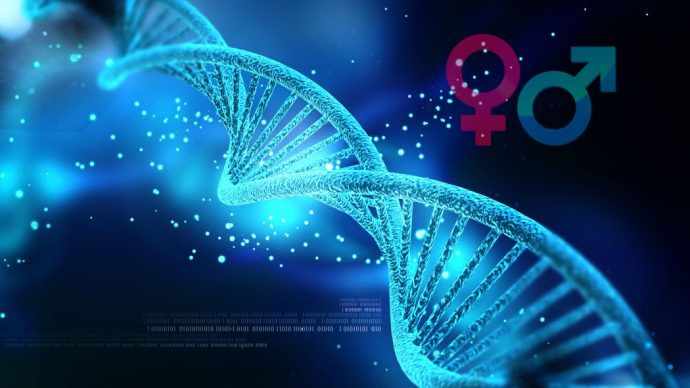Conservative and Christian conservative policy experts continue to address just about every issue out there — yet not nearly enough Americans hear the basics due to our failure in the information war. Here is Peter Sprigg writing at BarbWire.com:
“Gender dysphoria” (GD) is a condition in which a person may feel unhappy with his or her biological sex, express a desire to be the opposite sex, or even insist that he or she is of the opposite sex from what his or her genes and anatomy indicate. People who choose to adopt a “gender identity” different from their biological sex are known as “transgender.”
This condition is increasingly being identified not merely in adults, but even in very young, pre-pubescent children. The American College of Pediatricians (an organization formed as an alternative to the larger and more liberal American Academy of Pediatrics), has now released an important paper on “Gender Dysphoria in Children.” It provides a significant medical and scientific counterweight to the growing ideology that demands affirmation of “transgender” identities—even in children.
I encourage those interested to read the College’s press release and the full study. For those wanting a brief summary, however, here are five key points I took away from the paper.
1) There is no scientific evidence that people with gender dysphoria are “born in the wrong body.”
Those who identify as transgender often claim that they are “women born in men’s bodies” or “men born in women’s bodies.” Yet the scientific evidence put forward in support of this theory is weak. In fact, studies of twins have shown that when one twin identifies as transgender, only 20% of the time does the other twin also identify as transgender. This finding alone disproves the idea that gender dysphoria results primarily from prenatal genetic or hormonal influences. (Note: “gender dysphoria” is not the same as biological “disorders of sexual development”—DSD—or “intersex” conditions. The vast majority of people who identify as transgender are entirely normal males or females genetically and biologically.)
2) Most children who experience gender dysphoria do not grow up to identify as transgender adults.
Research has shown that, left to themselves—that is, if they are not given special hormone treatments and not permitted to “transition” into living socially as a person of the opposite sex—most children who exhibit symptoms of “gender dysphoria” will resolve those issues before adulthood and will live as normal males or females with a “gender identity” that corresponds to (rather than conflicts with) their biological sex at birth. Historically, this has been true of between 80% and 95% of gender dysphoric children.
Read more: BarbWire.com
Image credit: Shutterstock.

